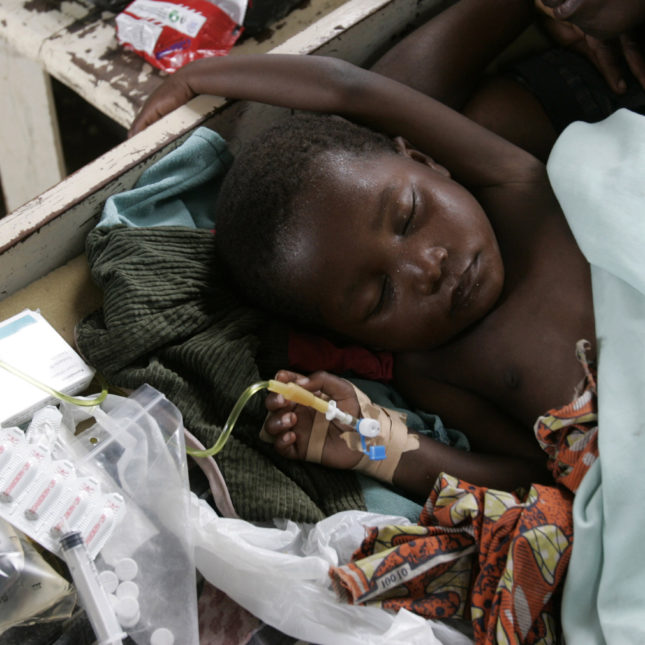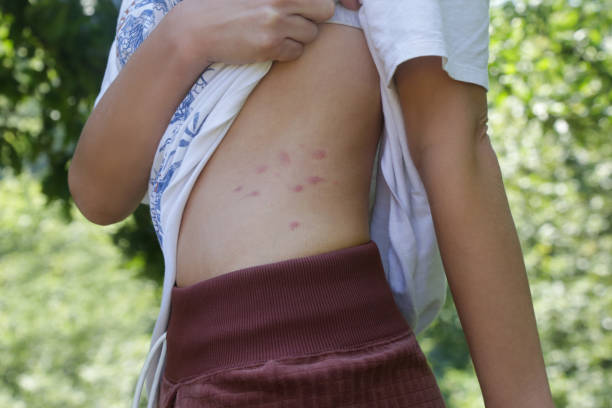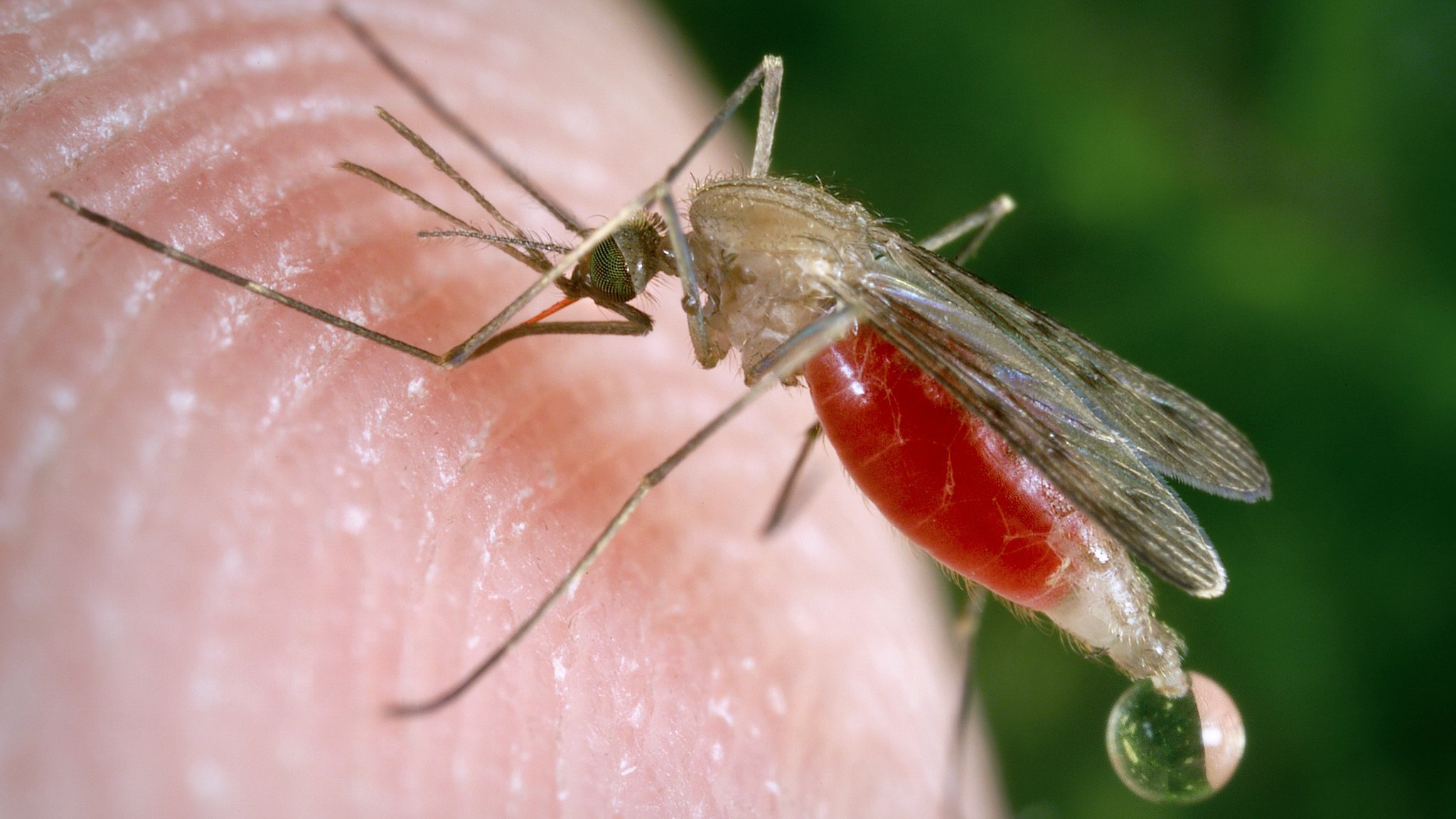 Malaria is a serious and potentially life-threatening disease caused by parasites of the *Plasmodium* genus, which are transmitted to humans through the bites of infected female *Anopheles* mosquitoes. Once the parasites enter the bloodstream, they travel to the liver, where they mature and reproduce. The most severe form of malaria is caused by *Plasmodium falciparum*, though other species like *P. vivax*, *P. ovale*, and *P. malariae* also cause the disease.
Malaria is a serious and potentially life-threatening disease caused by parasites of the *Plasmodium* genus, which are transmitted to humans through the bites of infected female *Anopheles* mosquitoes. Once the parasites enter the bloodstream, they travel to the liver, where they mature and reproduce. The most severe form of malaria is caused by *Plasmodium falciparum*, though other species like *P. vivax*, *P. ovale*, and *P. malariae* also cause the disease.Common symptoms of malaria include fever, chills, headache, nausea, vomiting, and muscle pain. If left untreated, it can lead to severe complications such as anemia, respiratory distress, organ failure, and even death.
Malaria is most prevalent in tropical and subtropical regions, particularly in sub-Saharan Africa, parts of Asia, and Latin America. It is preventable and treatable with proper medical care, including the use of antimalarial drugs, insecticide-treated bed nets, and indoor residual spraying to control mosquito populations.
Preventing malaria involves a combination of measures aimed at reducing exposure to mosquito bites and using prophylactic medications in high-risk areas. Here are some effective ways to prevent malaria:

### 1. **Use of Insecticide-Treated Bed Nets (ITNs):**
- Sleep under a mosquito net treated with insecticides, particularly at night when mosquitoes are most active. These nets significantly reduce the risk of mosquito bites.
### 2. **Indoor Residual Spraying (IRS):**
- Spraying the interior walls of homes with insecticides can kill mosquitoes that land on them, providing protection for several months.
### 3. **Prophylactic Antimalarial Medications:**
- If traveling to or living in a malaria-endemic area, take antimalarial drugs as prescribed by a healthcare provider. Common prophylactic medications include atovaquone-proguanil, doxycycline, and mefloquine.
### 4. **Use of Mosquito Repellents:**
- Apply insect repellent containing DEET, picaridin, or oil of lemon eucalyptus to exposed skin and clothing to deter mosquito bites.
### 5. **Wear Protective Clothing:**
- Wear long sleeves, long pants, and socks, especially during evening and nighttime when mosquitoes are most active.
### 6. **Avoiding Peak Mosquito Activity Times:**
- Try to stay indoors during dusk and dawn when mosquitoes are most active. If outdoors during these times, take extra precautions.
- Reduce mosquito breeding sites by eliminating standing water around homes, such as in flowerpots, gutters, and old tires. Community efforts to manage and reduce mosquito populations are also important.
Community efforts to manage and reduce mosquito populations are also important.
 Community efforts to manage and reduce mosquito populations are also important.
Community efforts to manage and reduce mosquito populations are also important.### 8. **Use of Window and Door Screens:**
- Install screens on windows and doors to prevent mosquitoes from entering homes.
### 9. **Vaccination:**
- The World Health Organization has recommended the RTS,S/AS01 (Mosquirix) malaria vaccine for use in children in certain regions. While it's not widely available yet, it represents a promising development in malaria prevention.
### 10. **Community Health Education:**
- Educate communities about the importance of malaria prevention and encourage the adoption of protective measures.
Implementing these strategies together can significantly reduce the risk of contracting malaria.






